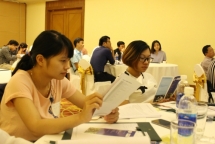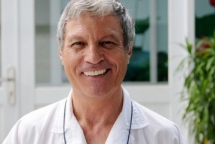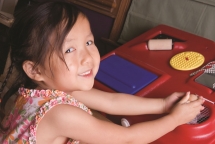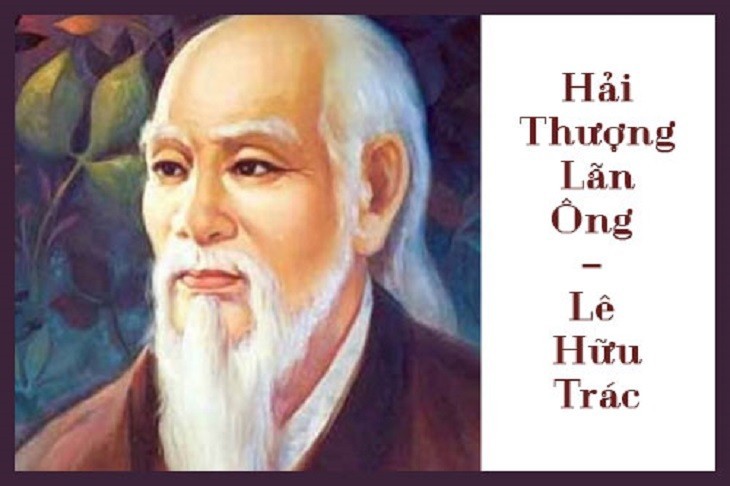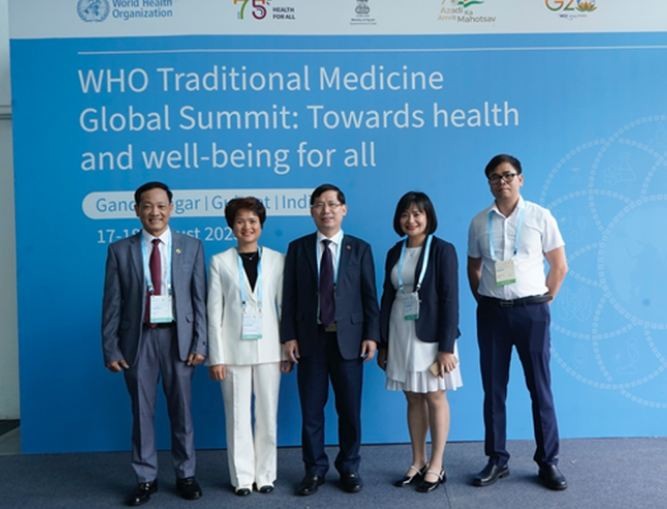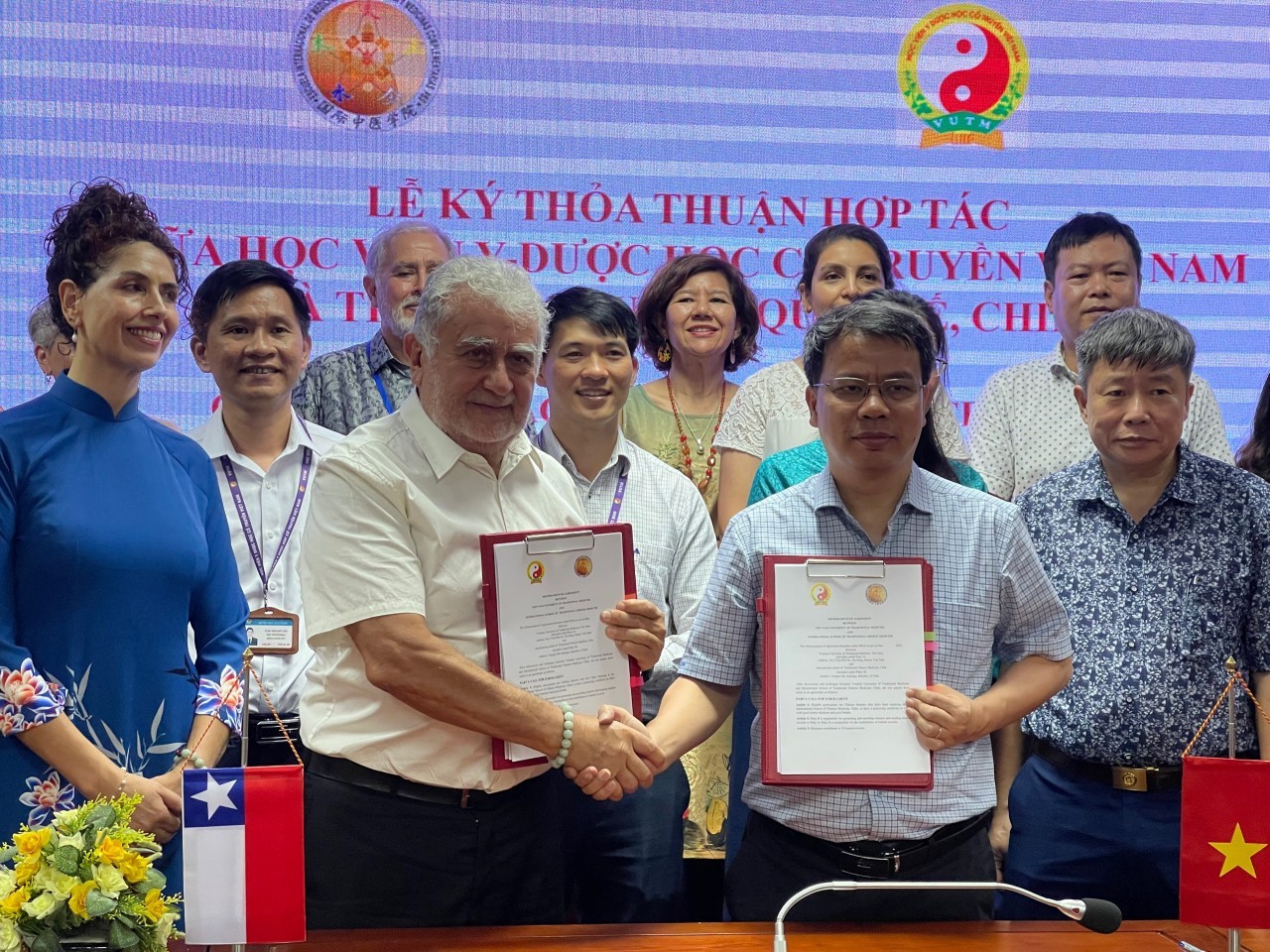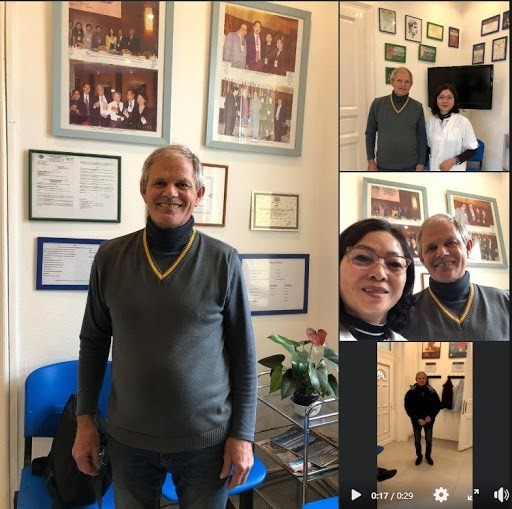Traditional Medicine in Vietnam's Healthcare System
Since its origin, traditional medicine has been prescribed by healers and traditional medicine doctors primarily for its preventative properties. Healers commonly use herbal medicines in an oral or topical form to treat developing symptoms of a certain ailment. Traditional healing can also commonly include physical exercise, massage, or acupuncture to promote the flow of blood and energy. In addition to the physical effects of treatment, traditional medicine is theorized to have hormonal and energy-balancing properties, like the Chinese concept of Yin and Yang.
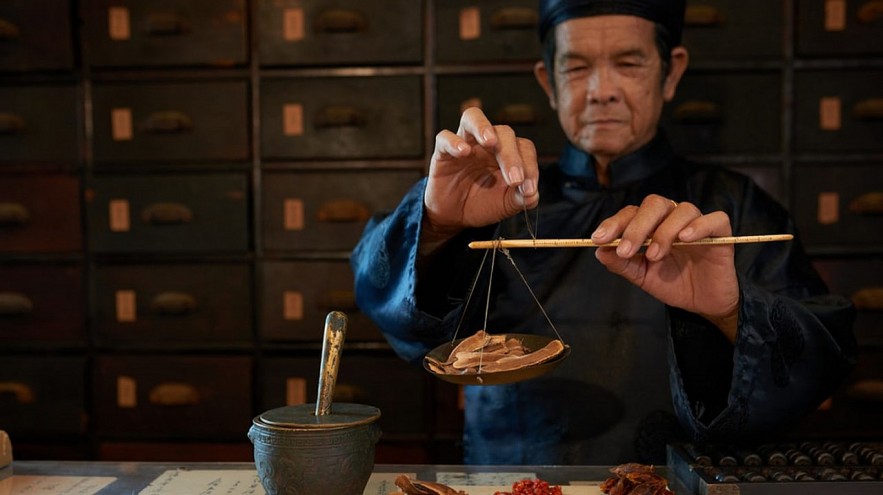 |
| Traditional practitioner weighting lucidum for the recipe. (Photo: Shutterstock) |
History of Vietnam's tradition medicine method
Northern Vietnam and southern China shared multiple ethnic groups, many of which held traditional healing beliefs. As a result, traditional forms of medicine in Vietnam are very similar to those in China. Vietnam’s medicinal use of plants and China’s theoretical framework around traditional healing merged to create an alternative form of medicine that persists today in healthcare in Vietnam, according to Borgen Project.
For several thousand years, Vietnamese Traditional Medicine has evolved under the shadows of Chinese Traditional Medicine, culture, and rule. At this point in time, it is nearly impossible to separate out and delineate Traditional Vietnamese Medicine or Thuoc Nam (Southern Medicine) from Traditional Chinese Medicine or Thuoc Bac (Northern Medicine) because their developments were so inter-twined, said Etho Med.
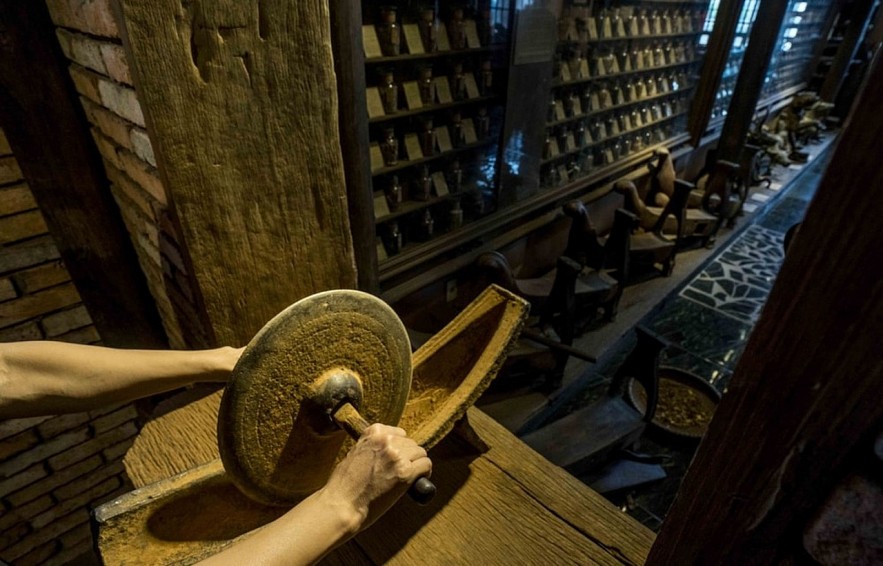 |
| (Photo: Shutterstock) |
Famous Vietnamese physicians
In 938, the Vietnamese claimed victory at the battle of Bach Dang River and over 1,100 years of Chinese rule came crashing to an end. The next thousand years became a pivotal period in the development of Thuoc Nam as it brought with it the field’s two most important and revered physicians - Tue Tinh and Hai Thuong Lan Ong.
Tue Tinh was born in the 14th century, and although he’s about 1500 years late to the party, he is often referred to as the founder of Traditional Vietnamese Medicine. He wrote a number of highly important texts, including Great Morality in the Art of Medicine, and came up with the idea of “the need for Vietnamese to be treated by Vietnamese medicine.”
Hai Thuong Lan Ong came along 300 years later. In the mid-1700s, after studying for dozens of years, he published a 66-volume Encyclopedia of Traditional Vietnamese Medicine that is still referred to today as one of the seminal works on the topic, according to Culture Trip.
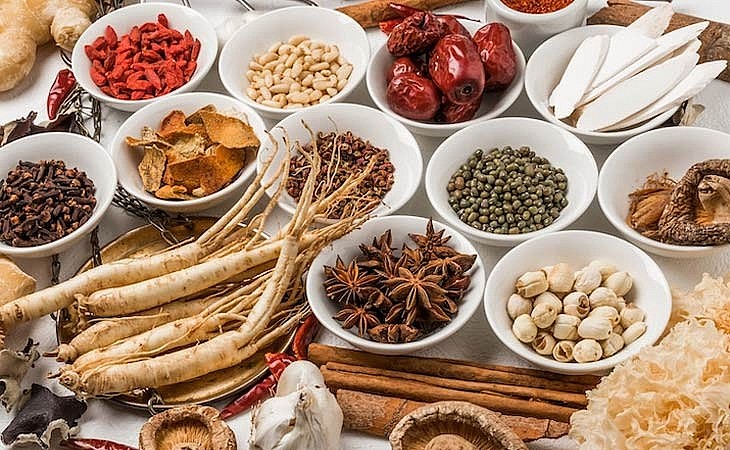 |
| (Photo: Tap Chi Dong Y) |
Traditional medicine in Vietnam’s healthcare system
While the use of traditional medicine is still common throughout cultures that partake in traditional healing, it is often not used on its own. In contemporary Vietnamese medical culture, individuals seeking care consult both traditional and biomedical practitioners for treatment. The two systems can be complementary: biomedicine aims to physically eradicate an illness, while traditional medicine treats the symptoms and psychosocial harm of the ailment. For example, if a person develops cancer in Vietnam, they might consult a biomedical physician for chemotherapy and a traditional medicine doctor for a remedy that counters the symptomatic effects of chemotherapy.
Gaining a dual perspective from biomedicine and traditional physicians in Vietnam is so common that this practice is reflected in the country’s health insurance system, which makes both kinds of medicine accessible. The payment method for healthcare in Vietnam varies based on the sector in which a person obtains treatment, whether public or private. Treatment in the public sector is covered in full, with an occasional co-pay expense, as public health insurance is compulsory in Vietnam. Private health insurance is paid out of pocket. Both public and private insurance can cover traditional medicine hospital expenses, though the costs for traditional medicine are generally paid privately.
However, when a person is unable to pay for either public or private insurance, they are still able to access traditional forms of medicine. In Hanoi, a major city in Vietnam, there is a full street of vendors that sell traditional medicinal herbs. These vendors can even help to fill prescriptions from hospitals at a reduced price, making traditional medicine more accessible to the public.
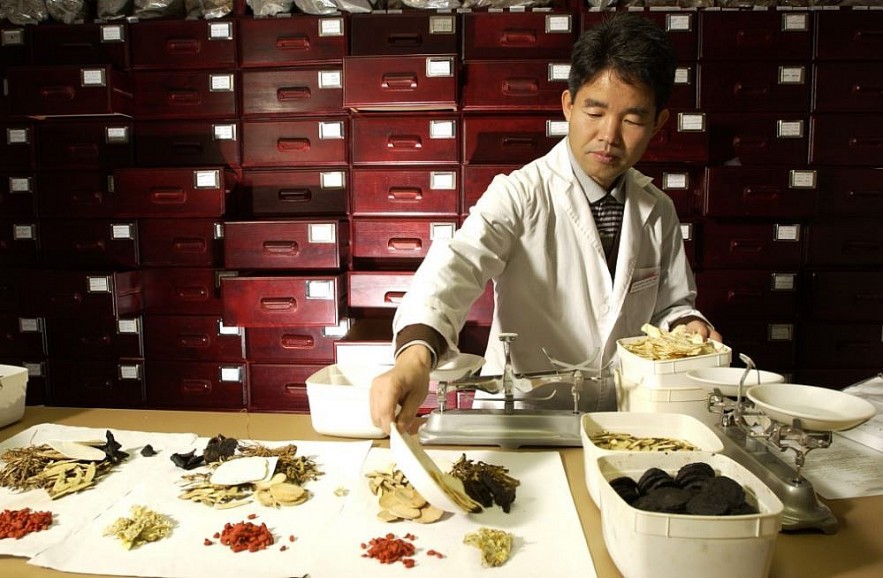 |
| (Photo: Thay Thuoc Viet Nam) |
Traditional medicine in modern-day
Thuoc Nam is still very much alive in modern-day Vietnam. Numerous herbal remedy stores can be found in Ho Chi Minh City. Traditional medicine can be studied at the Ho Chi Minh City Medical and Pharmaceutical University, while treatment can be received at the government-run Traditional Medicine Institute. A museum highlighting the benefits of the age-old remedies even exists. It’s clear that in the last 20 years the country has undergone massive changes, but many traditions of the past have endured through it all.
The accessibility of traditional medicine with and without health insurance fills gaps in healthcare in Vietnam, making the population healthier overall. In addition, the Vietnamese prioritize preventative medicine because the population is familiar with traditional health values. With ready access to health resources, along with a generalized understanding of the values of self-care, healthcare in Vietnam excels.
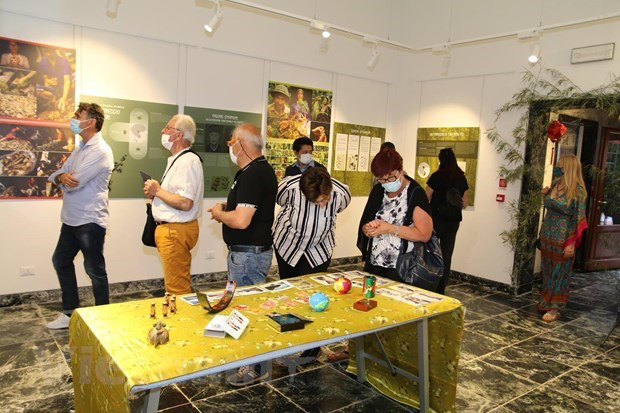 | Vietnamese biodiversity, traditional medicine presented in Italy An exhibition on biodiversity in Tay Yen Tu Nature Reserve and Vietnamese traditional medicine was held in Italy’s Abano Terme city of Padova province on ... |
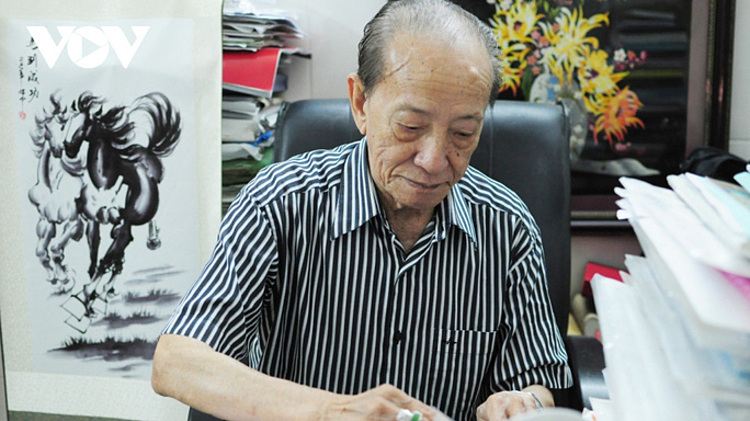 | Vietnam’s top acupuncturist Nguyen Tai Thu passes away, aged 90 Professor Nguyen Tai Thu, Vietnam's top acupuncturist, passed away on February 14 morning in Hanoi. |
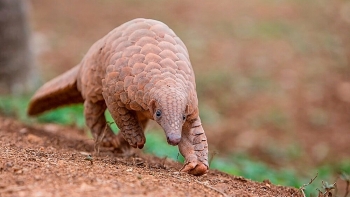 | Pangolin officially removed from Chinese traditional medicine list Pangolin is the highly trafficked mammal in China, which has been hunted for years and is now stigmatized for unproven Covid-19 connections. However, China has just removed ... |
Recommended
 Handbook
Handbook
Vietnam Moves Up 8 Places In World Happiness Index
 Handbook
Handbook
Travelling Vietnam Through French Artist's Children Book
 Multimedia
Multimedia
Vietnamese Turmeric Fish among Best Asian Dishes: TasteAtlas
 Handbook
Handbook
From Lost to Found: German Tourist Thanks Vietnamese Police for Returning His Bag
Popular article
 Handbook
Handbook
Prediction and Resolution for the Disasters of Humanity
 Handbook
Handbook
16 French Films To Be Shown For Free During Tet Holiday In Vietnam
 Handbook
Handbook
Unique Cultural and Religious Activities to Welcome Year of the Snake
 Handbook
Handbook

